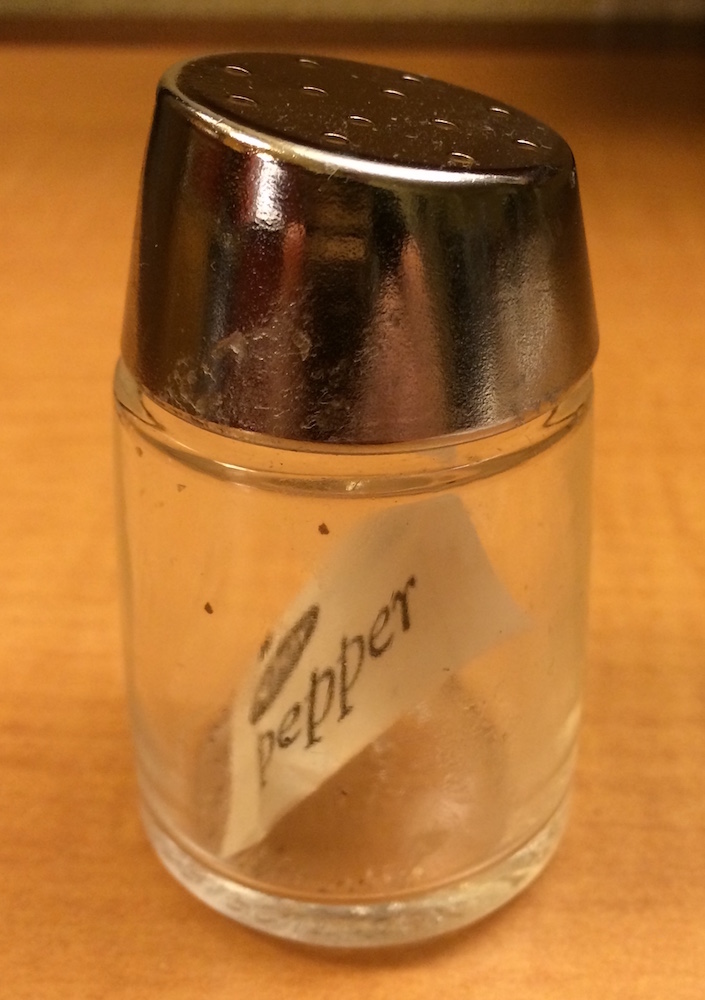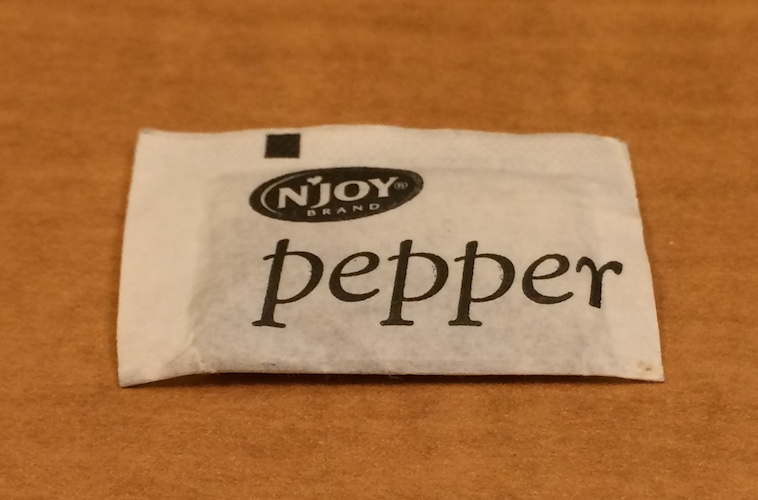The first, select(gapminder, year) takes a tibble as primary input (gapminder) and gives a tibble as output. In this case it will be a tibble with exactly 1 variable (year). But it's still a tibble.
The second gapminder$year extracts the year variable out of gapminder.
I advise you to apply functions like str() and class() on both and also print them, to get a better sense of the difference.



Why do results appear differently between these commands? And does it matter in any way? select(gapminder, year) gapminder$year